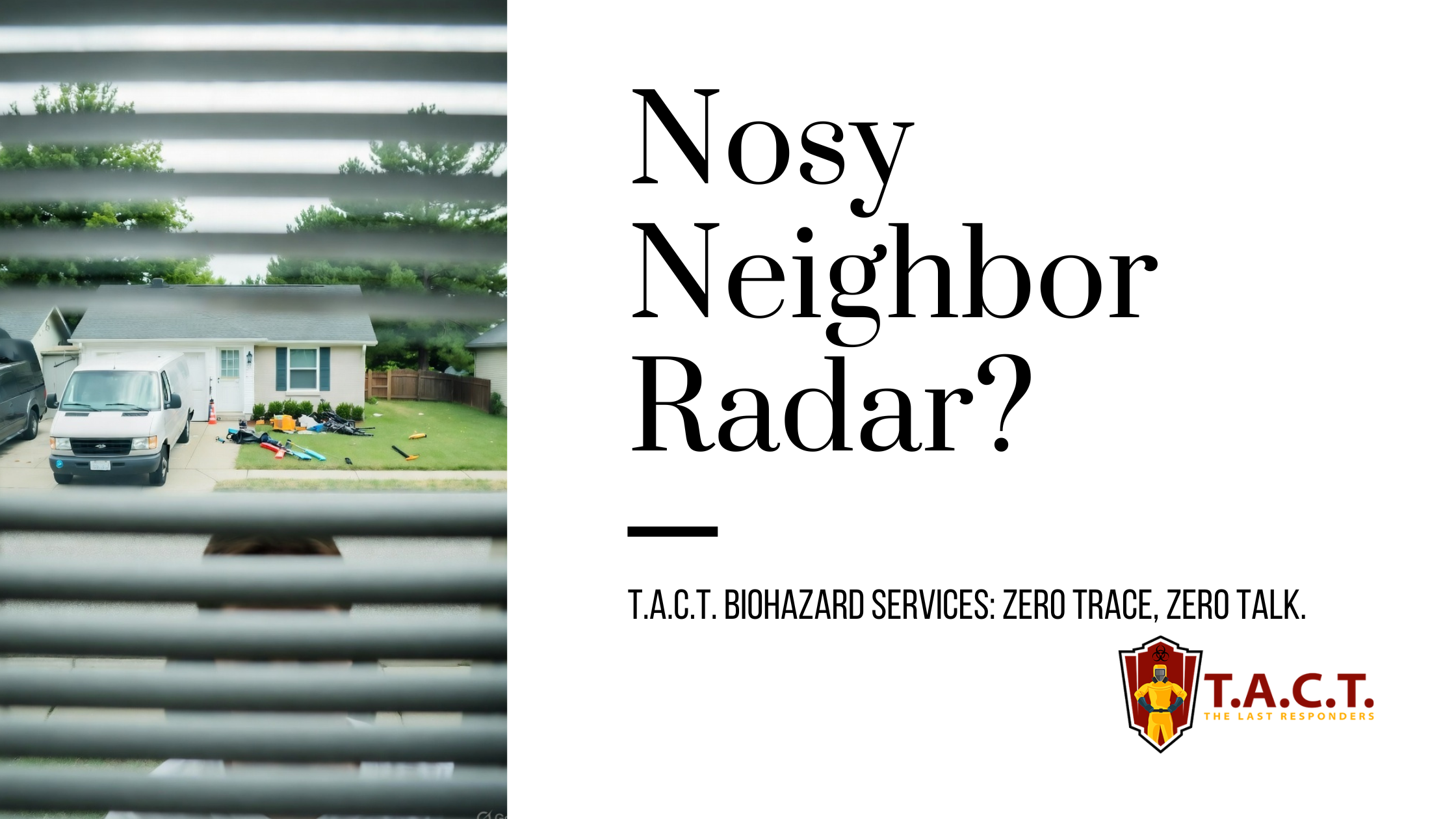Hoarding Counseling that works recovery

Effective Hoarding Counselling: Strategies for Recovery and Support
Introduction to Hoarding
Hoarding disorder is a complex mental health issue that affects approximately 2.5% of the population, according to the Diagnostic and Statistical Manual (DSM-5), where it is classified among mental disorders.
People with hoarding disorder often experience strong emotional attachment to possessions, leading to cluttered and unsanitary living conditions. Most people with hoarding disorder do not have classic OCD symptoms, making it distinct from other mental disorders.
Hoarding behaviors can pose a serious risk to safety, including fire hazards and blocked access to emergency responders. This hoarding problem goes beyond simple clutter and can significantly impact health and relationships.
Family members and loved ones play a crucial role in supporting individuals with hoarding disorder and encouraging them to seek treatment.
Understanding Compulsive Hoarding Behavior
Compulsive hoarding involves the indiscriminate stockpiling of possessions, including the accumulation of objects that often hold significant emotional value, resulting in clutter and unsanitary living conditions.
Hoarding disorder is distinct from obsessive-compulsive disorder (OCD) and is characterized by difficulty discarding items, excessive acquisition, and disorganization, as well as compulsive acquisition of new objects.
Cognitive therapy can help individuals with hoarding disorder identify and challenge underlying beliefs and behaviors that contribute to their condition.
Family history and genetic factors may contribute to the development of hoarding disorder, making it essential to address these factors in treatment. Hoarding disorder may also be linked to an underlying condition such as anxiety or depression.
Cognitive Behavioral Therapy (CBT) for Hoarding Recovery
Cognitive Behavioral Therapy (CBT) is the primary treatment used to treat hoarding disorder, focusing on managing beliefs and behaviors linked to clutter. CBT also targets reducing excessive acquisition. The effectiveness of current treatments for hoarding disorder has been demonstrated in clinical studies.
CBT involves skills training, including practice sorting and organizing items, motivational interviewing, and cognitive therapy to address hoarding symptoms and reduce emotional distress.
The Frost and Steketee CBT protocol is a widely used therapist guide for clinicians that involves 26 weekly sessions over 6-9 months.
Regular practice inside the client’s home with home visitors is essential for effective intervention to address hoarding behaviors and safety concerns.
Supporting People with Hoarding
Family members and loved ones, or any family member, can offer support by encouraging individuals with hoarding disorder to seek treatment and providing emotional support throughout the recovery process.
It’s essential to avoid enabling hoarding behaviors, such as storing items or paying for extra storage space, and instead focus on supporting the individual in reducing clutter and improving living conditions.
Support groups, such as a support group offered by the International OCD Foundation, can provide a sense of community and connection for individuals with hoarding disorder and their loved ones. Both individuals and their family members can find support through these groups, which help reduce isolation and offer practical coping strategies.
Local resources, such as social services and mental health professionals, can also provide valuable support and guidance.
Treatment Options for Older Adults
Older adults with hoarding disorder may require specialized treatment approaches that address age-related challenges, such as cognitive decline and social isolation. Addressing a house full of clutter can be particularly challenging for older adults, as emotional attachments to possessions and safety concerns within the home environment are often significant.
Cognitive behavioral therapy (CBT) can be adapted to meet the needs of older adults, focusing on problem-solving skills and decision-making strategies.
Veterinary care and support for pets may also be necessary, as older adults with hoarding disorder may have difficulty providing adequate care for their animals, increasing the risk of unsanitary conditions in the home.
Treatment plans should prioritize the individual’s safety and well-being, while also addressing underlying mental health issues, such as depression and anxiety.
Overcoming Challenges and Barriers
Individuals with hoarding disorder often face significant challenges and barriers to recovery, including difficulty discarding items, excessive acquisition, and strong emotional attachment to possessions. Many possessions are kept for sentimental reasons, which complicates the process of managing hoards and makes it difficult to let go.
Motivational interviewing can help individuals with hoarding disorder build motivation and confidence in their ability to change. It is also important to support individuals as they work to rid themselves of unnecessary possessions, which can improve safety and organization.
Practicing sorting and decision-making skills and organizing items can help individuals with hoarding disorder develop more effective strategies for managing clutter and reducing emotional distress. The emotional attachment to items, often kept for sentimental reasons, can make this process especially challenging.
Avoiding making decisions about possessions can exacerbate hoarding behaviors, making it essential to address this challenge in treatment. Addressing fears related to throwing things away is also crucial, as many individuals worry their belongings will be discarded without their consent.
The Importance of Mental Health Support
Addressing hoarding disorder requires more than just clearing out clutter—it demands a strong foundation of mental health support. Individuals struggling with hoarding often benefit from a comprehensive treatment plan that includes cognitive behavioral therapy (CBT), skills training, and motivational interviewing. These therapeutic approaches help people understand the underlying beliefs and emotions that drive their hoarding behaviors, making it possible to develop healthier habits over time.
Family members play a crucial role in this process. By encouraging loved ones to seek treatment and offering consistent emotional support, families can help reduce the stigma and isolation that often accompany hoarding disorder. Approaching the situation with empathy and patience, rather than criticism, can make a significant difference in motivating someone to engage in therapy and stick with their treatment plan.
Mental health professionals can guide individuals and their families through the recovery journey, providing tailored strategies to manage symptoms and reduce clutter. With the right support network and a commitment to therapy, people with hoarding disorder can make meaningful progress toward improved mental health and a safer, more comfortable living environment.
Maintaining a Healthy Environment
Maintaining a healthy environment is crucial for individuals with hoarding disorder, requiring regular cleaning and organization to reduce clutter and improve living conditions. Regular cleaning also helps reduce fire risk in the home, as accumulated items like plastic bags can block exits and increase hazards.
Family members and loved ones can support individuals with hoarding disorder by helping them develop routines and strategies for maintaining a clutter-free environment, such as identifying and removing items like plastic bags that contribute to clutter.
Local resources, such as cleaning services and professional organizers, can also provide valuable support and guidance. For example, a professional organizer might work with someone to create a weekly schedule for sorting and discarding unnecessary items, making it easier to maintain a clutter-free environment.
Reducing clutter and improving living conditions can help individuals with hoarding disorder reduce emotional distress and improve overall well-being.
Conclusion and Next Steps
Hoarding disorder is a complex mental health problem that can have a profound impact on everyday living, relationships, and overall well-being. Characterized by excessive acquisition, difficulty discarding items, and overwhelming clutter, this condition can create unsafe living conditions and emotional distress for both individuals and their family members. However, it’s important to remember that hoarding disorder is treatable.
The main treatment for hoarding disorder is cognitive behavioral therapy (CBT), which helps individuals address underlying beliefs, reduce excessive acquisition, and develop practical skills for managing clutter. Seeking treatment from a qualified mental health professional is a crucial first step. Family members can offer invaluable support by encouraging their loved one to seek help, providing understanding, and assisting with the development of healthy routines.
Recovery is a gradual process that involves learning new ways to cope with strong emotions, practicing decision-making, and organizing possessions. By taking proactive steps—such as reaching out to the International OCD Foundation for resources, connecting with local support groups, and working with a therapist—individuals with hoarding disorder can begin to reclaim their living space and improve their quality of life.
If you or someone you care about is struggling with hoarding disorder, don’t hesitate to seek treatment. With the right support and a personalized treatment plan, it’s possible to overcome the challenges of hoarding and build a healthier, more fulfilling future.
Latest news

Nosy neighbors peeking? T.A.C.T. North Atlanta offers discreet biohazard remediation for rodent infestations, mold, hoarding, and more. Unmarked vehicles, quiet experts, full privacy—24/7 service at 470-781-4775.
Read More

